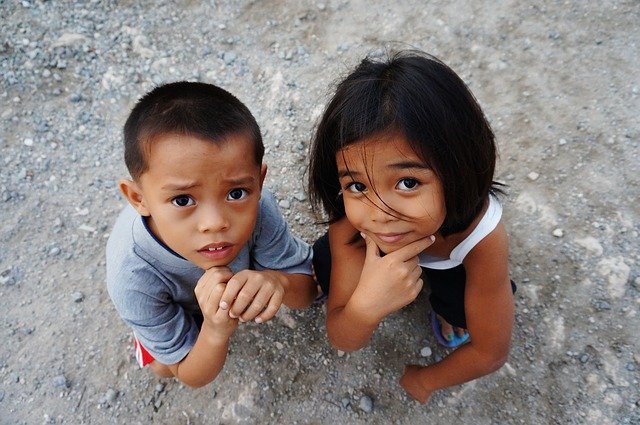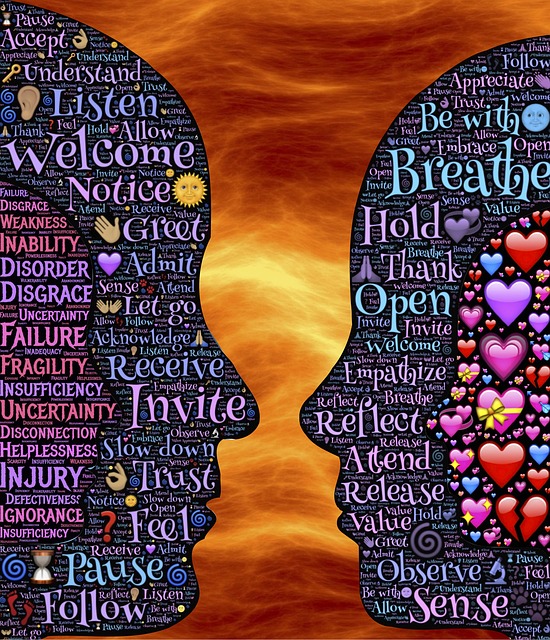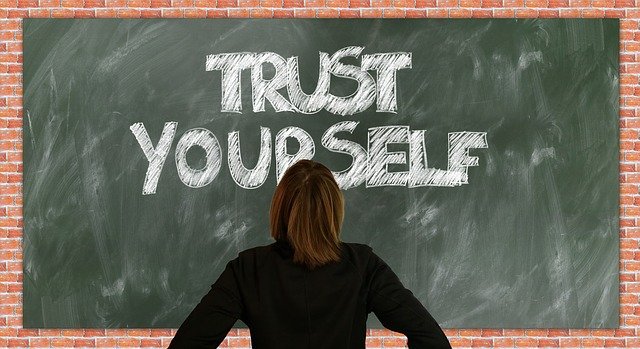Paul McCartney in an interview for BBC Radio stated that the melody for the Beatles famous song Yesterday” came to him in a dream. He literally heard the melody while asleep and when he woke he could not work out where the tune had come from. He checked with his contacts and friends who had a comprehensive knowledge of songs that had been published and none of them recognised it. While he had the tune in his head he made up some lyrics so he would not lose the song. He indicated it was rare for him to use nonsense lyrics to memorise a song but on this occasion, he used the words, “Scrambled eggs, oh my baby….”
It was a short time later after the dream that he was in Portugal on a car trip which took about three hours that the lyrics started to come to him, “Yesterday, suddenly…” By the time he had finished the car trip, he had the complete song in terms of melody and lyrics.
This story of Paul’s experience highlights the power of the subconscious mind, working away below consciousness to solve a problem, complete a song or piece of music, finish an unfinished manuscript or locate a missing object.
How often have we given up looking for something and found some time later that the item “turns up” when we were not consciously looking for it but doing something else. Meanwhile, the subconscious mind has created a new significance and a heightened level of awareness for the item so that when you accidently come into contact with the item, you become suddenly, consciously aware that “this is what I was looking for!” – all very amazing.
Reflection
I had been working on my PhD for about five years mentoring a change team in the University of Queensland and co-facilitating an action learning change program, when I got stuck trying to write up the mountains of data I had gathered through workshop processes, observations, submissions and multiple interviews. At this time, we had planned a family holiday on Stradbroke Island. It was while we were enjoying a day at Brown Lake on North Stradbroke Island that I had a breakthrough for my thesis, I was sitting on the shore watching our children play in the shallow part of the lake when a model “came into my head” that integrated my research and insights.
I had not taken any of my research material with me and was not consciously seeking to solve my writer’s block. Yet an organisational change model “came to me” that integrated my data, a model for individual motivation at work and the nature of innovation. I immediately recorded the model using charcoal sticks from a barbecue and pieces of butcher’s paper that I had in my car. It was only later that I was able to articulate the full meaning of the model and complete my PhD thesis.
There are times when we need to use sleep, peace and quiet, or stillness and silence to honour our unconscious mind and let it do its work. I found on another occasion that I had difficulty writing the conclusion to a PhD chapter. However, like Paul McCartney, it was during a long car trip (again about three hours) that the conclusion “fell out” and I was able to write it down when I reached my destination which was Lismore at the time.
In writing this blog, I will often listen to a podcast, undertake a meditation and/or read an article and make notes. I will then “sleep on it” and when I wake up the following morning, the structure of a blog post, carved out of my notes, will “come to me”. Again, it is the subconscious mind at work.
As we grow in mindfulness through meditation, connecting with nature, experiencing stillness or silence, listening to music, chanting or participating in mantra meditations, we can gain greater access to our subconscious mind and the integrative power and creativity that lies within. We can continuously savour our subconscious mind through mindfulness practices.
___________________________________________
By Ron Passfield – Copyright (Creative Commons license, Attribution–Non Commercial–No Derivatives)
Disclosure: If you purchase a product through this site, I may earn a commission which will help to pay for the site, the associated Meetup group, and the resources to support the blog.








